|
This Tuberculosis Thursday, we want to talk about a question we get asked a lot at the museum - were there Black TB patients in Saranac Lake, and where did they stay? We know that as long as people came to Saranac Lake and the Adirondacks for their health, Black patients were among them. One early health-seeker was Henry Ossawa Tanner, who was one of the first Black artists to be internationally famous. He first came to Rainbow Lake for his health in 1878, five years after Dr. Trudeau.
Due to accidental loss or intentional destruction of records from the sanatoria, cure cottages, and public agencies following the closure of the TB industry, there is a lot that we don't know. We have large gaps in our knowledge about the names, hometowns, race, and more of patients coming to Saranac Lake and where they stayed. This is true for patients of all races. But it is also true that Black patients were excluded from certain sanatoria and cure cottages, and did not have access to the same resources that white patients did. Many Black patients—some well-known and some never identified by name—came to Saranac Lake throughout the years, including Hunter C. Hanyes, inventor and producer; Bill Bailey, vaudevillian and tap dancer; Evelyn Ellis, actress; and Lucius Eugene “Bud” Aiken, jazz trombonist and coronet player. Race and ethnicity were taken into account when patients were placed within cure cottages and sanatoria, as was their occupation and financial status. We know of a handful of cure cottages that catered specifically to Black patients, such as the Ramsey Cottage, which was run by Viola and John Ramsey. They operated their house on Lake Flower Avenue as a cure cottage from 1923 until the closure of the TB industry in Saranac Lake. Afterward it was a boarding house and tourist home for Black visitors to the area. We have not found any evidence that Black patients were ever accepted at Trudeau Sanatorium, but Black patients did stay at Reception Hospital (AKA the Prescott House), Stony Wold Sanatorium, and eventually Will Rogers Memorial Hospital and Ray Brook Sanatorium. According to the 1910, 1920, 1930, and 1940 censuses there were no Black patients at Ray Brook, so we do not know exactly when the hospital was integrated. This photograph from 1947 is one of the earliest we have identified at Ray Brook that includes Black patients. Most of the Black patients in photographs in our collections are unidentified. Sally Svenson’s research for her 2017 book, “Blacks in the Adirondacks,” has connected us to a tremendous amount of history of Black patients in Saranac Lake. Her research has uncovered patients that were previously unrecorded in our understanding of local history, and we look forward to uncovering more about them. If you would like to learn more about Black patients and the places they cured, our wiki is a good starting place, but Svenson’s book is a valuable resource and can be found at your local library, as well as in our gift shop. In our work to catalog our collections and transcribe the remaining TB patient records that we hold, we are making more discoveries that help tell the stories of Black patients in Saranac Lake. We see these stories as vital to our understanding of the cure, and the community around the TB industry. We look forward to sharing more stories of Black patients and their experience taking the cure throughout the year, and especially during Black History Month. To learn more on Black patients and the cure cottages and sanatoria that catered to them, visit our wiki. [Historic Saranac Lake Collection, TCR 125. Courtesy of Harriet Lupino.]
3 Comments
This photograph shows three unidentified staff members in front of Kollecker's Kodak & Art Shop. The shop was owned by William F. Kollecker, who came to Saranac Lake with tuberculosis in 1896. Kollecker recovered his health and eventually became one of the most successful and prolific photographers in the village's history. He developed film, printed photographs, and sold prints, camera equipment, gifts, and more in his shop on Main Street from the early 1900s until his death in 1962. His shop windows were known for their elaborate displays, especially around Christmastime. Much of his work can be found in the collection in the Adirondack Room at the Saranac Lake Free Library.
[Photograph of Kollecker's Kodak & Art Shop, undated. Historic Saranac Lake Collection, TCR 331. Courtesy of Ken and Nancy Demars.] This past Sunday, the Cure Porch on Wheels went on its first big road trip! We visited @unioncollege, where Dr. Nicole Theodosiou's students are planning and designing a "mobile science communication cottage." Executive Director Amy Catania discussed Saranac Lake's TB history and the architecture of cure porches, and she shared lessons learned in creating the Cure Porch on Wheels.
The adventure was made possible by our friend Bill Madden of Madden's Transfer and Storage, who kindly towed the CPOW to Schenectady and back again. Thank you, Bill! Images: The Cure Porch on Wheels posed for a photo with the iconic Nott Memorial, a National Historic Landmark built in 1875. French architect and landscape planner Joseph Ramée designed the Union College campus in 1813, the first unified campus plan in the U.S. Nott Memorial suffered neglect for many years and was threatened with demolition, but the building was restored and reopened as the centerpiece of campus in 1995. Find out more about the beautiful architecture of Union College at https://www.union.edu/about/history-and-traditions/historic-campus. Dr. Theodosiou and students posed with the Cure Porch on Wheels (and Bill Madden!). 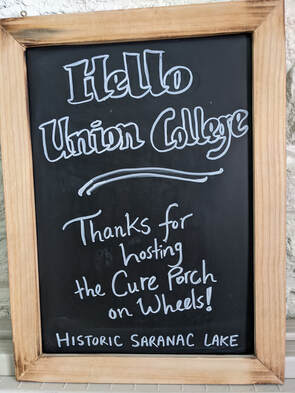 The Cure Porch on Wheels is going to college! Tomorrow, the Porch will be taking its first road trip out of the Adirondacks to visit Union College! We look forward to visiting with Dr. Nicole Theodosiou and students in her class, "Big plans, Tiny houses - Plan and design a mobile science communication cottage." Executive Director Amy Catania will present about Saranac Lake history and architecture and discuss the design of the Cure Porch on Wheels. Our sincere thanks to Madden's Transfer and Storage for making the trip! Stay tuned for photos from the CPOW's first big adventure! We are excited to share that we have been awarded two new grants from New York State Council on the Arts to support our museum operations and the Cure Porch on Wheels! Read the press release below, or download the PDF. Historic Saranac Lake (HSL) announced that it has been awarded two new grants from the New York State Council on the Arts (NYSCA). The two grants represent a significant endorsement from New York State for the Historic Saranac Lake’s museum and public programs.
“NYSCA has been an essential, longtime partner,” stated HSL Executive Director, Amy Catania. “NYSCA support has enabled us to build our organization and our programs over the years, to the point that we are now undertaking a major expansion of our museum. These grants come at a crucial time for us. They represent a huge vote of confidence in the future of Historic Saranac Lake.” A grant of $25,000 per year for 2021 and 2022 will support the general operations of HSL’s museum, the Saranac Laboratory on Church Street. (The museum is temporarily closed due to COVID-19, but looks forward to reopening this spring.) The general operating support grant will support HSL’s ongoing collection care, museum exhibits, and museum programs. Museum Administrator, Chessie Monks-Kelly, has worked over the last five years to organize and build HSL’s collection. “With support from the Institute of Museum and Library Services, the Northern New York Library Network, and now NYSCA, we are making huge strides in making our collections available to the public. We will soon be able to offer in-person research opportunities, expanded exhibits, and a searchable online catalog to connect our unique history with a worldwide audience.” In 2019, HSL purchased the neighboring historic Trudeau Building for expansion of the museum. “We look forward to establishing a two-building museum campus in the heart of downtown Saranac Lake that explores the story of Trudeau and tuberculosis as well as the broader history of the Saranac Lake region,” explained Catania. A project grant of $15,000 from NYSCA’s Architecture and Design program will support HSL’s flagship program, the Cure Porch on Wheels. Historic Saranac Lake brings the Porch to the hamlets, neighborhoods, and special places of the North Country for programs that raise awareness of local architecture and history. The project grant will enable HSL to hire a new Cure Porch and Public Programs Coordinator in the spring of 2021. In addition to the two new grants, in 2020 HSL received a NYSCA Workforce Investment grant through the Regional Economic Development Council. The second year of funding for the position has been released. The two year matching grant supports a new staff position, a Membership and Grants Manager. HSL hired Adam Guillette in early 2020 to fill the position. “We are happy to have NYSCA’s support for this second year,” stated Mr. Guillette. “We look forward to continuing to grow membership and fundraising efforts in the coming year to support the development of the new museum.” Upon releasing news of awards in 2021, NYSCA stated, “The arts are central to the health of our state’s economy and individuals, and over these last eleven months we have been nourished by a resilient arts sector that continues to sustain us in the face of isolation and fear. From pivoting to exciting digital programming, to reimagining missions, and strengthening vital community services, the innovation of New York’s arts and culture sector is truly inspiring.” Historic Saranac Lake’s programs are made possible by the New York State Council on the Arts with the support of Governor Andrew M. Cuomo and the New York State Legislature. Historic Saranac Lake’s Workforce Investment project is made possible by the New York State Council on the Arts under Governor Andrew M. Cuomo’s Regional Economic Development Council Initiative. Founded in 1980, Historic Saranac Lake’s mission is to preserve and present area history and architecture to build a stronger community. Images: The Saranac Laboratory Museum Architectural Rendering of The Trudeau Building, future site of Historic Saranac Lake’s museum expansion by Amy Catania This month, one block at a time, an ice palace emerged again on the shore of Lake Flower. If you had the chance to stop by, you may have felt its warm embrace. The massive ice blocks of the palace remind me of the stone walls of Machu Picchu. Relying on a system of communal labor called mit’a, the Inca built enormous stone structures and highly engineered roads and bridges. Each citizen who could work was required to donate a number of days of their labor to cultivate crops and build public works. Historians of ancient Peru trace the ways the mit’a system forged a complex society. Working together, people developed friendships and bonds of reciprocity that served the common good throughout the year. Saranac Lake has its own form of mit’a. Winter Carnival brings together individuals from all walks of life, all ages, political persuasions, types of jobs, and personalities. Building an ice palace or a parade float isn’t always fun. We disagree about costumes, decorations, and dance moves. Like siblings we squabble, but we emerge on the other side laughing. Just like the blocks of the ice palace, one person at a time, carnival comes together. Eventually the palace melts down to a pile of rubble like an Incan ruin. But when it’s time to argue about an issue relating to the school district or village politics, having survived the dry run of carnival, we make it through together. A community net is forged. When your luck takes a turn, it is there to catch you. At Winter Carnival time, I think of this illustration by Mildred McMaster Blanchet. Milly left behind beautiful artwork and lively poems that belie a life marked by its share of hardship. A trained artist who came to Saranac Lake with TB, she met her husband Dr. Sidney Blanchet when they were both patients at Trudeau. Dr. Blanchet served as Dr. E. L. Trudeau’s personal physician. He was well respected and deeply loved by his patients. Milly and Sidney settled in the village and had three children. The community reached out to help the Blanchet family more than once. In the winter of 1933, the oldest Blanchet boys, Gray and David, fell through thin ice while skating on Lake Flower. The Ogdensburg Journal reported, “Their screams were heard by a group of boys on the shore. With presence of mind the youths quickly grabbed planks, and ropes at a nearby garage and rushed to the aid of the lads in the freezing water.” Thanks to the heroic efforts of young Saranac Lakers, including Charlie Keough and Paul Duprey, the boys survived. Four years later, tragedy struck again and didn’t miss. During the Depression, many of Dr. Blanchet's patients could not pay for care. He often treated them for free, resulting in his own bankruptcy. Dr. Blanchet fell into a deep depression and tragically took his life. Milly must have felt the world crumble under her feet. But the community net reached out. She was offered a place to live at the Trudeau Sanatorium and hired as an occupational therapist at the workshop. She taught painting, knitting, crewel work, and hand embroidery. Piece by piece, Milly re-built her life by helping others.
Eventually, thanks in part to the heroic ice rescue of 1933, Milly became a proud grandmother of ten. She retired to a senior center in Massachusetts where she created a craft room for the residents. Her granddaughter Sylvia remembers, “The walls were lined with shelves of every kind of art supply. There was a great table in the center of the room that was always filled with busy, happy people when Grand Milly was in attendance. She would mentor whoever was in need of attention and encourage every project. I saw people hooking rugs, knitting, doing needle point, and painting among other things. It was as if the people in the room were her garden and everyone there would blossom through her kind and gentle presence.” In Saranac Lake, the workshop that shaped Milly’s life still stands. For a brief time, an ice palace emerged on the shore of Lake Flower. Sadly, this year's palace was demolished early to avoid gatherings during the pandemic, but come back next winter for a warm hug.
Did you miss our Zoom presentation, "Picturing Winter Carnival: History Through our Photograph Collections?" Now you can watch it on demand! Learn about some of the fascinating history of Winter Carnival, from 1897 to today, and get a peek at some never-before-seen photographs from our collection. Join our Executive Director Amy Catania and Museum Administrator Chessie Monks-Kelly as they highlight what makes Saranac Lake's Winter Carnival so special.
If you have a Winter Carnival memory, object, or photograph you'd like to share with HSL, please take our survey. This year's Winter Carnival is certainly historic, and we loved this DIY Carni Card made by some awesome locals to keep the Carnival spirit alive at home! We thought you might all want some inspiration for dressing up like like historic Carnival attendees. Check out these wonderful photos from our collection and recreate their looks at home! If you missed our presentation on the history of Winter Carnival last night, we'll be sharing the recording across our social media channels next week. Stay tuned! Images:
-DIY Carni Card, 2021 -Pre-1909 Fancy Dress Carnival. Historic Saranac Lake Collection, TCR 280. -Women's barrel racing, 1914. Historic Saranac Lake Collection, TCR 448. -Alice Delisle, 1898 winner of the Fancy Dress Carnival. Historic Saranac Lake Collection, TCR 280. -Saranac Lake High School teachers' float, 1915. Historic Saranac Lake Collection, 2009.10.4. -Parade participant, c. 1924. Historic Saranac Lake Collection, TCR 609. -Adirondack Cottage Sanitarium nurses on a float honoring the Red Cross, 1915. Historic Saranac Lake Collection, 2009.10.4. -Skaters at Pontiac Bay, c. 1924. Historic Saranac Lake Collection, TCR 609. Back by popular demand, Sally Svenson will be reprising the Historic Saranac Lake presentation she gave more than two years ago on her book, "Blacks in the Adirondacks," published in 2017. This presentation will take place online, at 4:00PM on Thursday, February 25. We will open the meeting for questions and discussion following the presentation. Advance registration is required via this link.. You will receive an email with a link to the Zoom meeting the day before.
|
About us
Stay up to date on all the news and happenings from Historic Saranac Lake at the Saranac Laboratory Museum! Archives
August 2022
Categories
All
|
Historic Saranac Lake at the Saranac Laboratory Museum
89 Church Street, Suite 2, Saranac Lake, New York 12983
(518) 891-4606 - [email protected]
89 Church Street, Suite 2, Saranac Lake, New York 12983
(518) 891-4606 - [email protected]

Historic Saranac Lake is funded in part by the New York State Council on the Arts with the support of the Office of the Governor and the New York State Legislature,
and an Essex County Arts Council Cultural Assistance Program Grant supported by the Essex County Board of Supervisors.
and an Essex County Arts Council Cultural Assistance Program Grant supported by the Essex County Board of Supervisors.
© 2023 Historic Saranac Lake. All Rights Reserved. Historic photographs from Historic Saranac Lake Collection, unless otherwise noted. Copy and reuse restrictions apply.
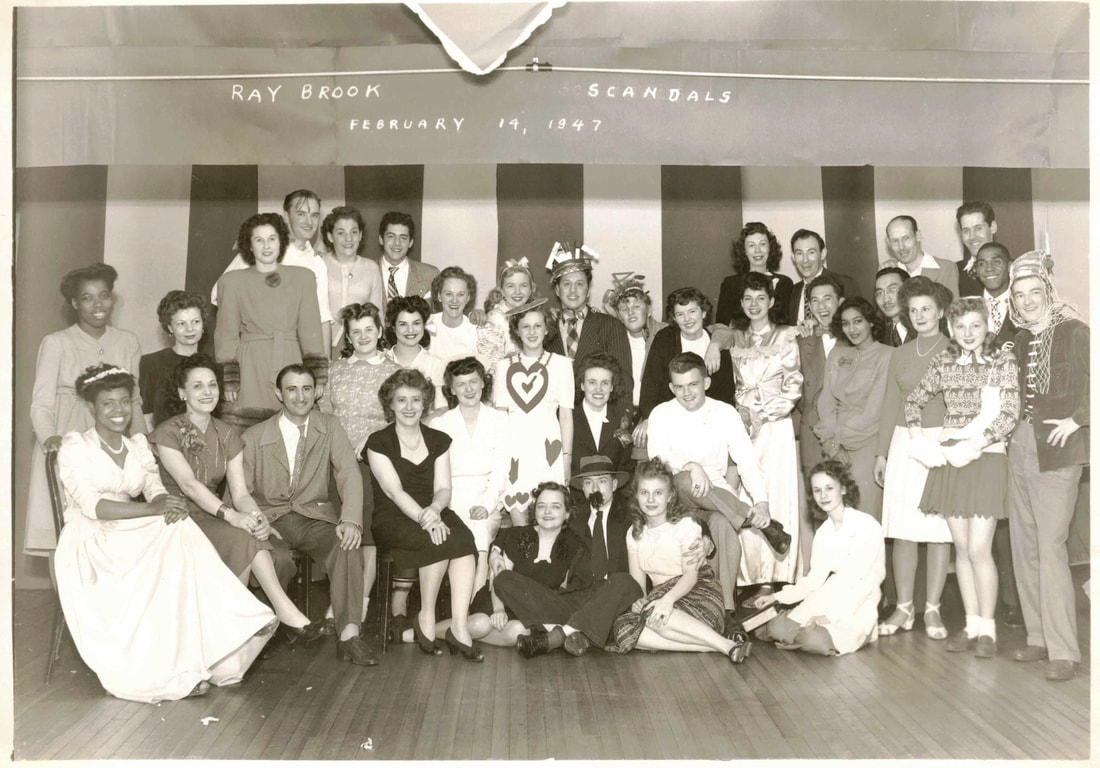
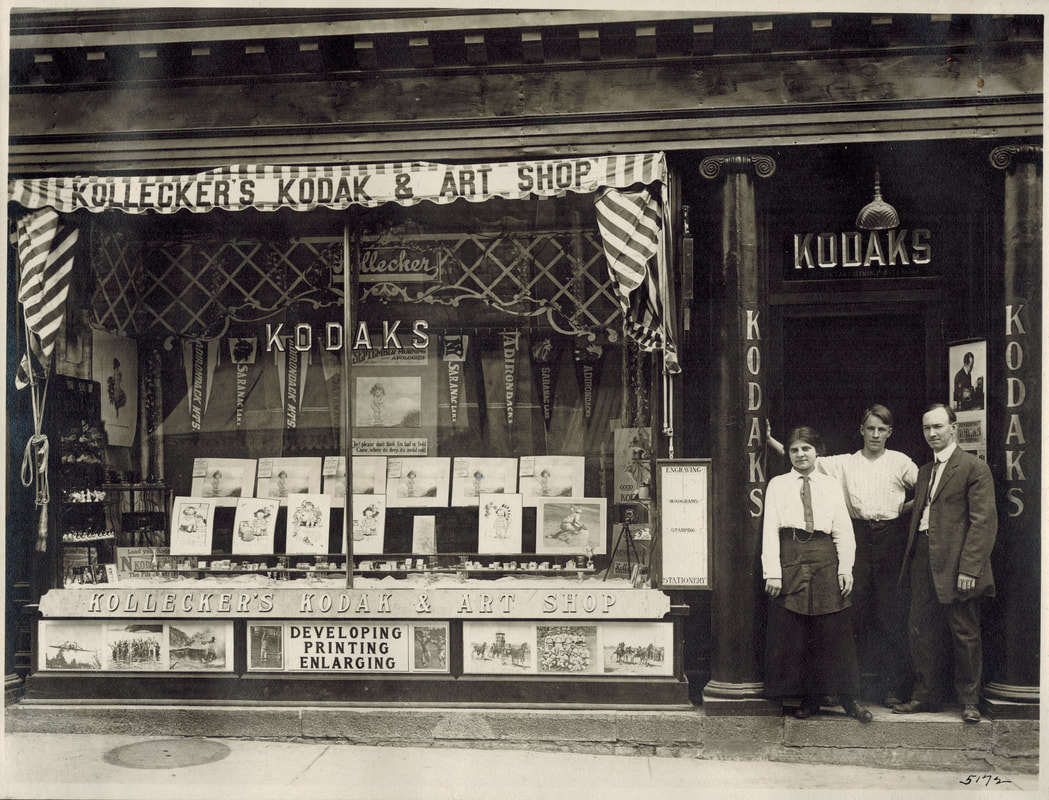
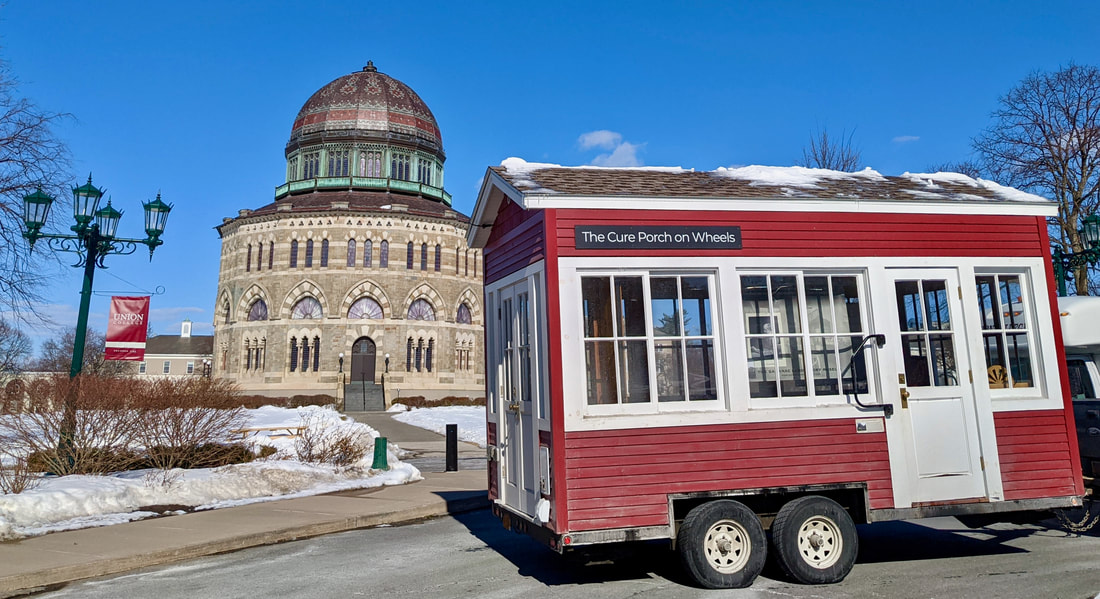
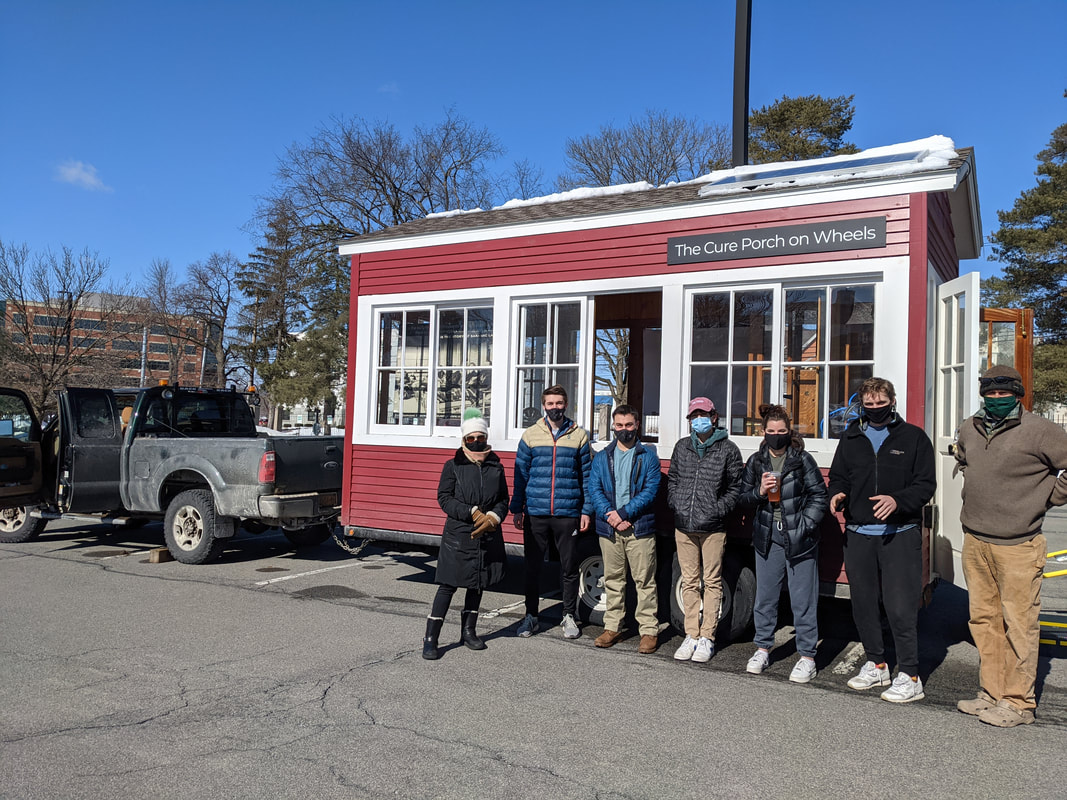
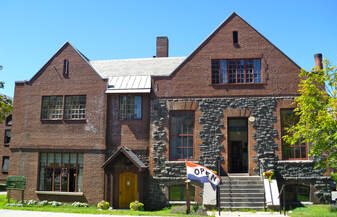
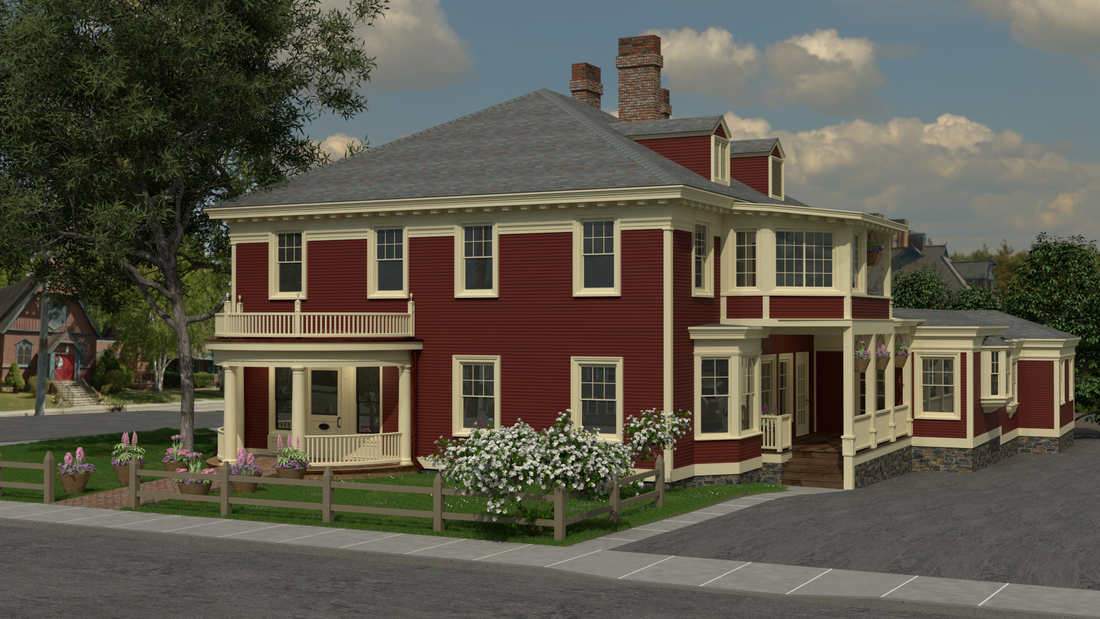
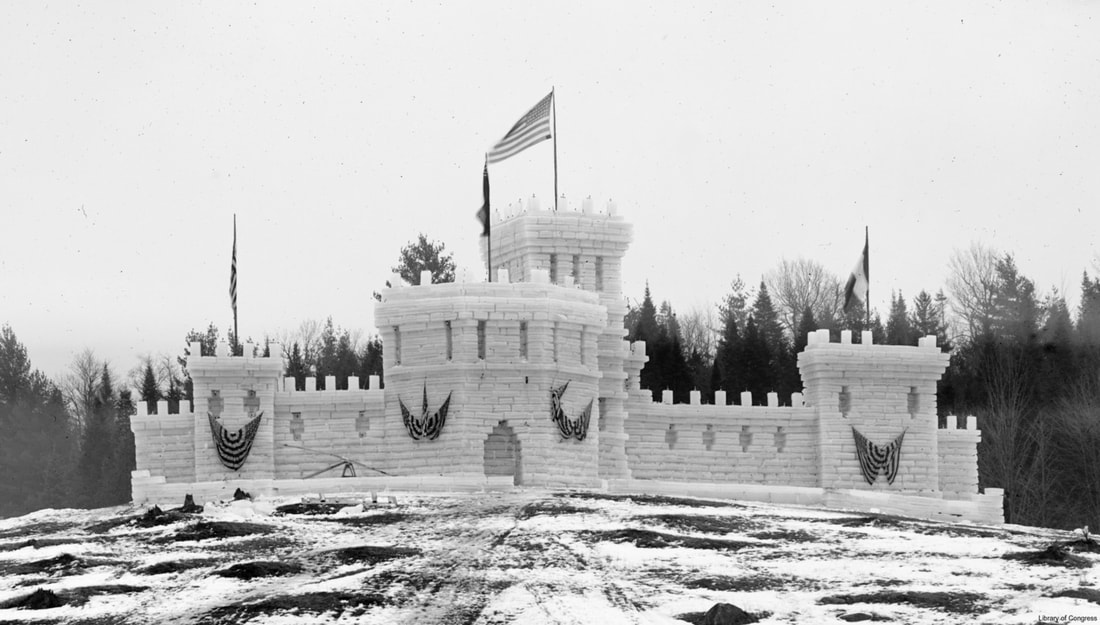
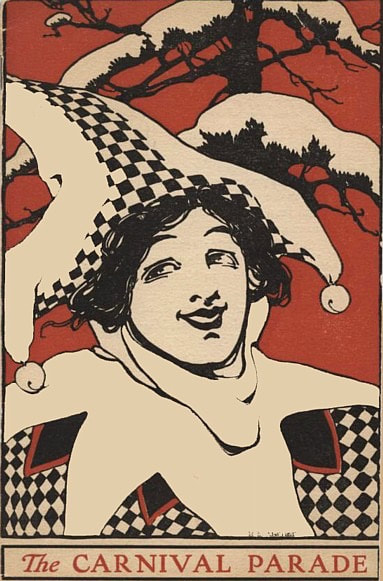
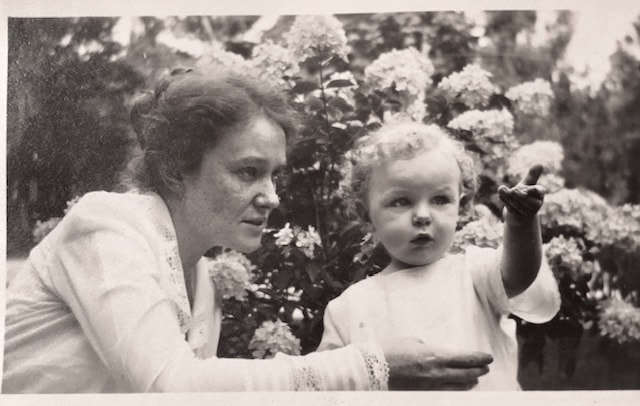
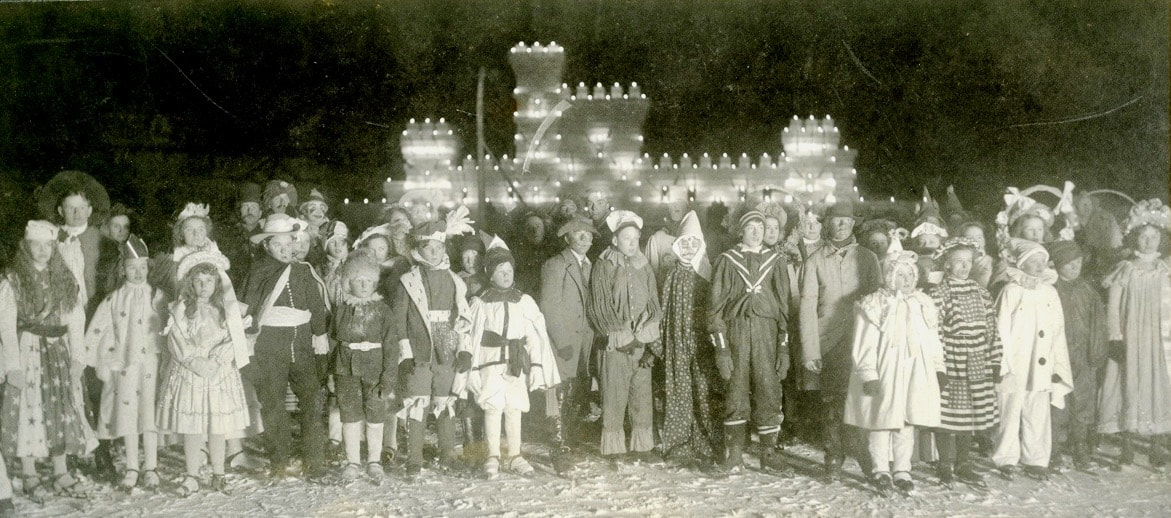

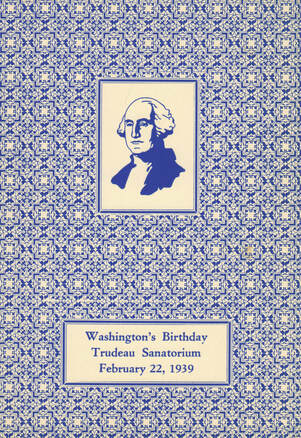
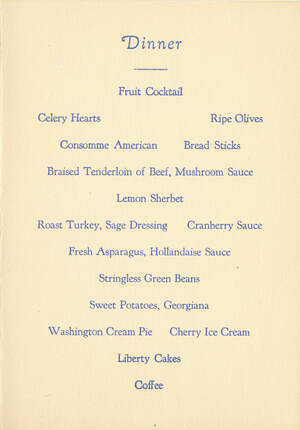

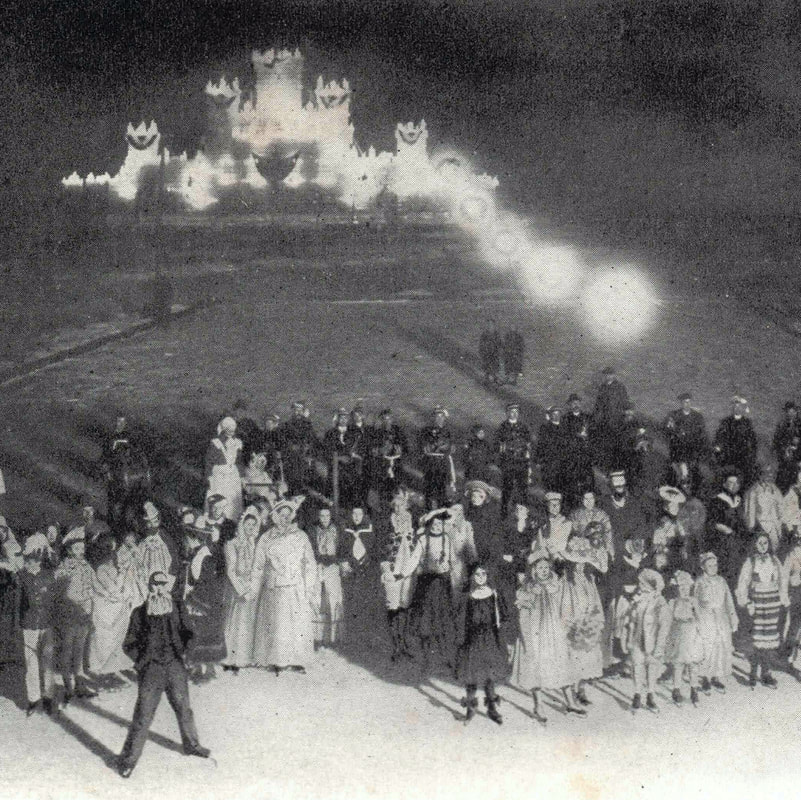
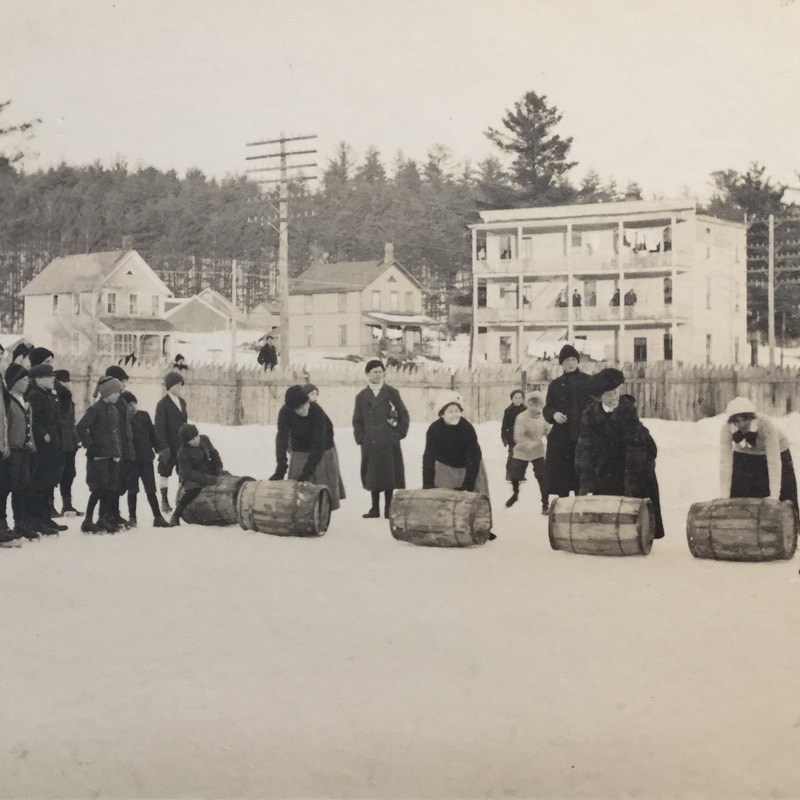
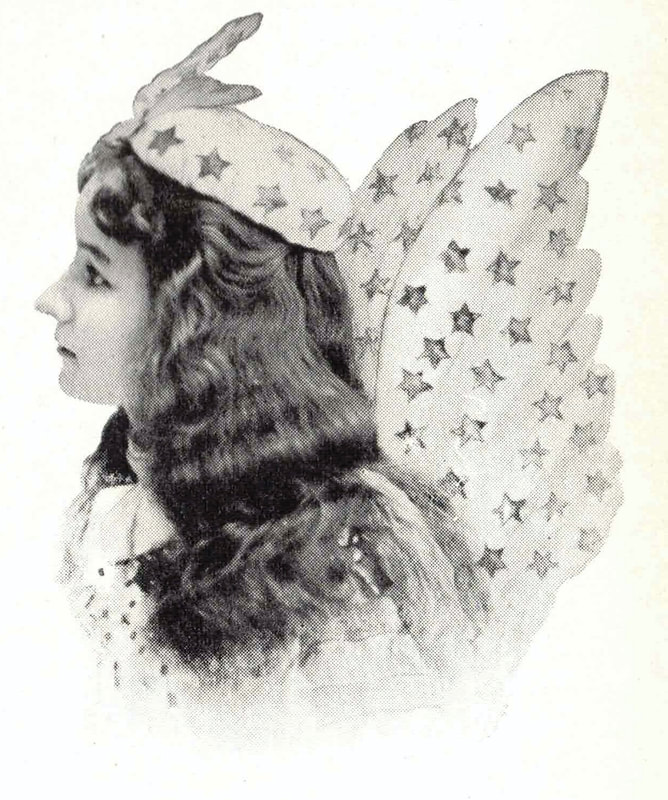
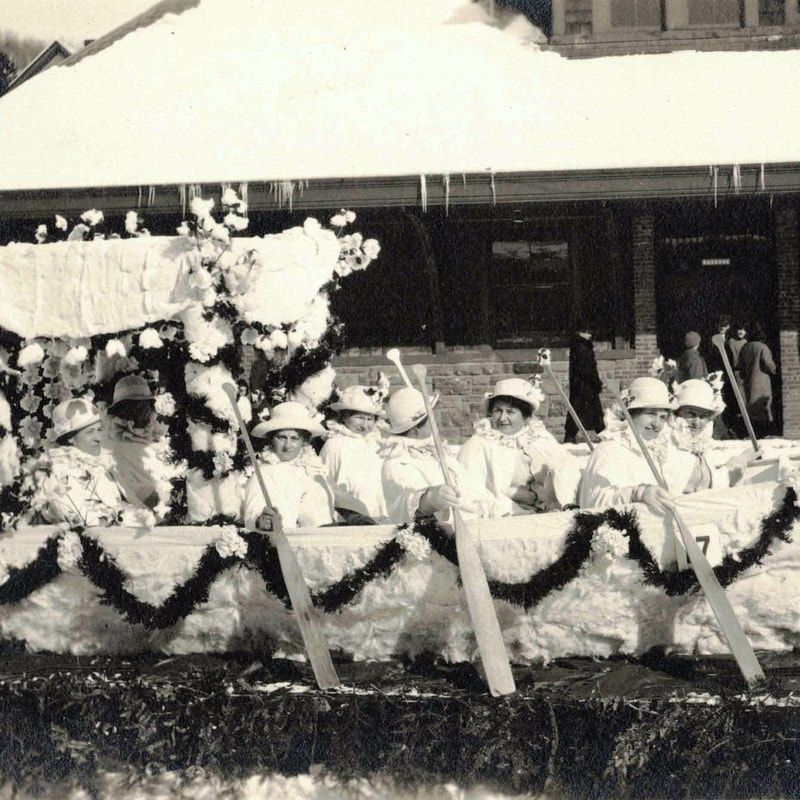
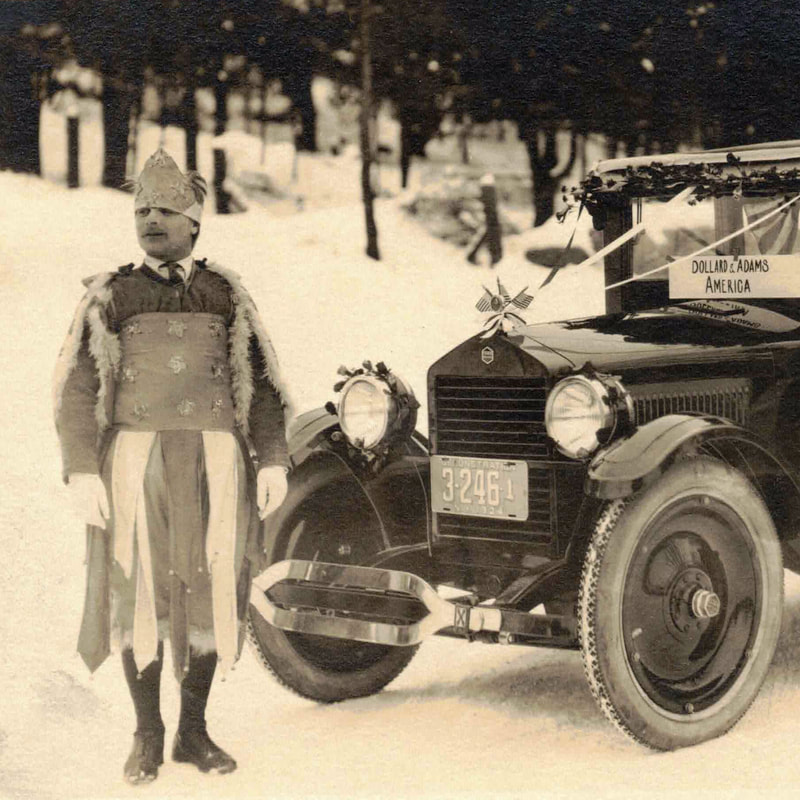
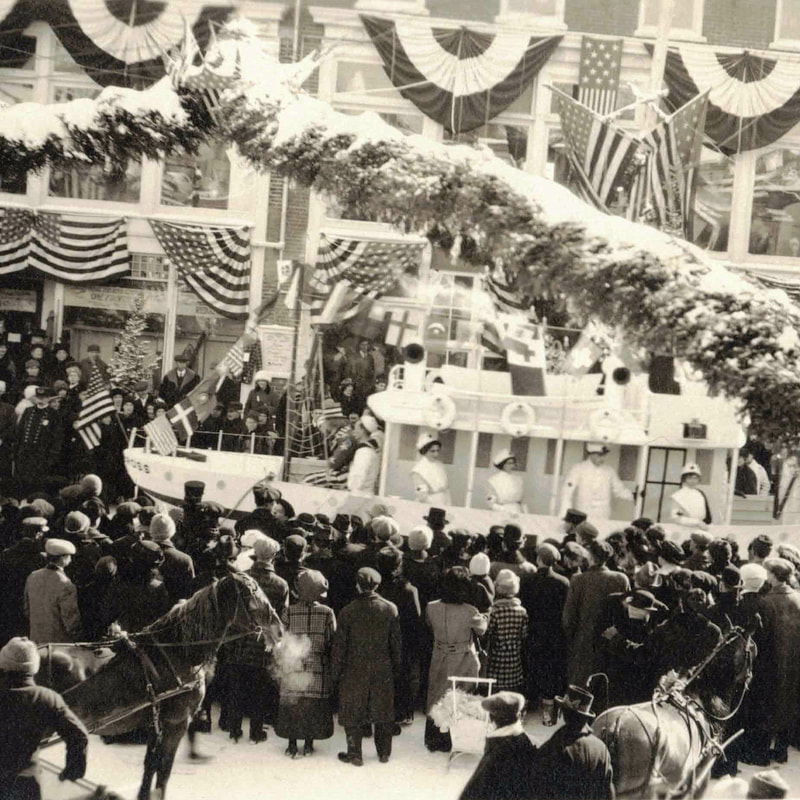
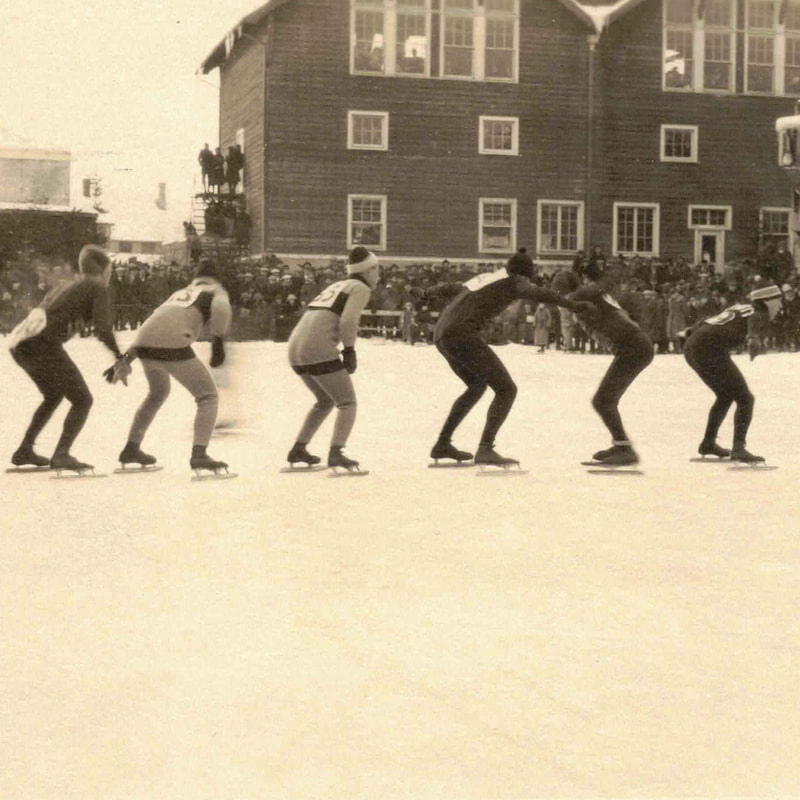
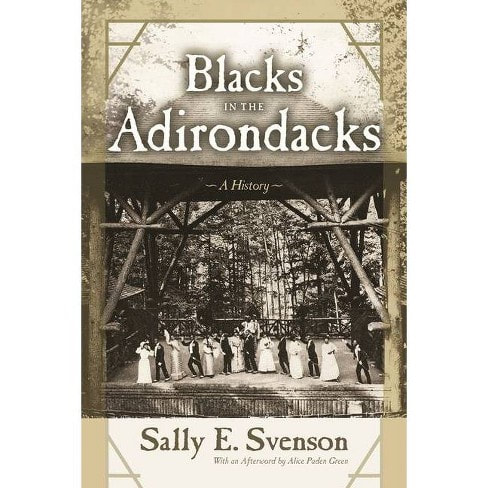
 RSS Feed
RSS Feed